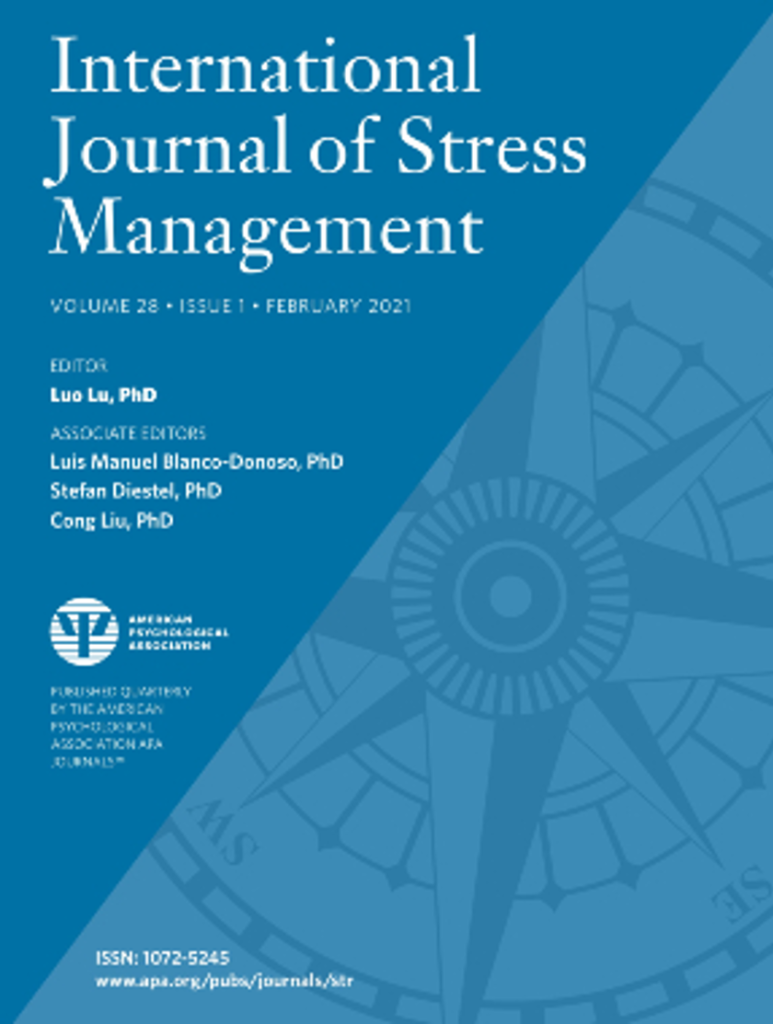The American Psychological Association (APA) experienced rapid growth following World War II when it underwent a reorganization and amalgamated with other psychological groups. This transformation led to the establishment of a more comprehensive association that embraced a broader and evolving understanding of psychology. Consequently, the association’s mission expanded to encompass not only the scientific aspects of psychology but also professional practice and the advocacy for human well-being. This broadened scope has persisted to this day.
At present, the APA stands as the most extensive scientific and professional body dedicated to the field of psychology within the United States, boasting a membership exceeding 121,000 individuals, including researchers, educators, clinicians, consultants, and students. The APA also comprises 54 divisions, which are specialized interest groups established by its members. These divisions encompass a wide array of subfields within psychology, spanning areas such as experimental, social, and clinical psychology, as well as addressing specific topics like aging, ethnic minorities, and trauma.




